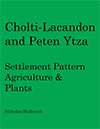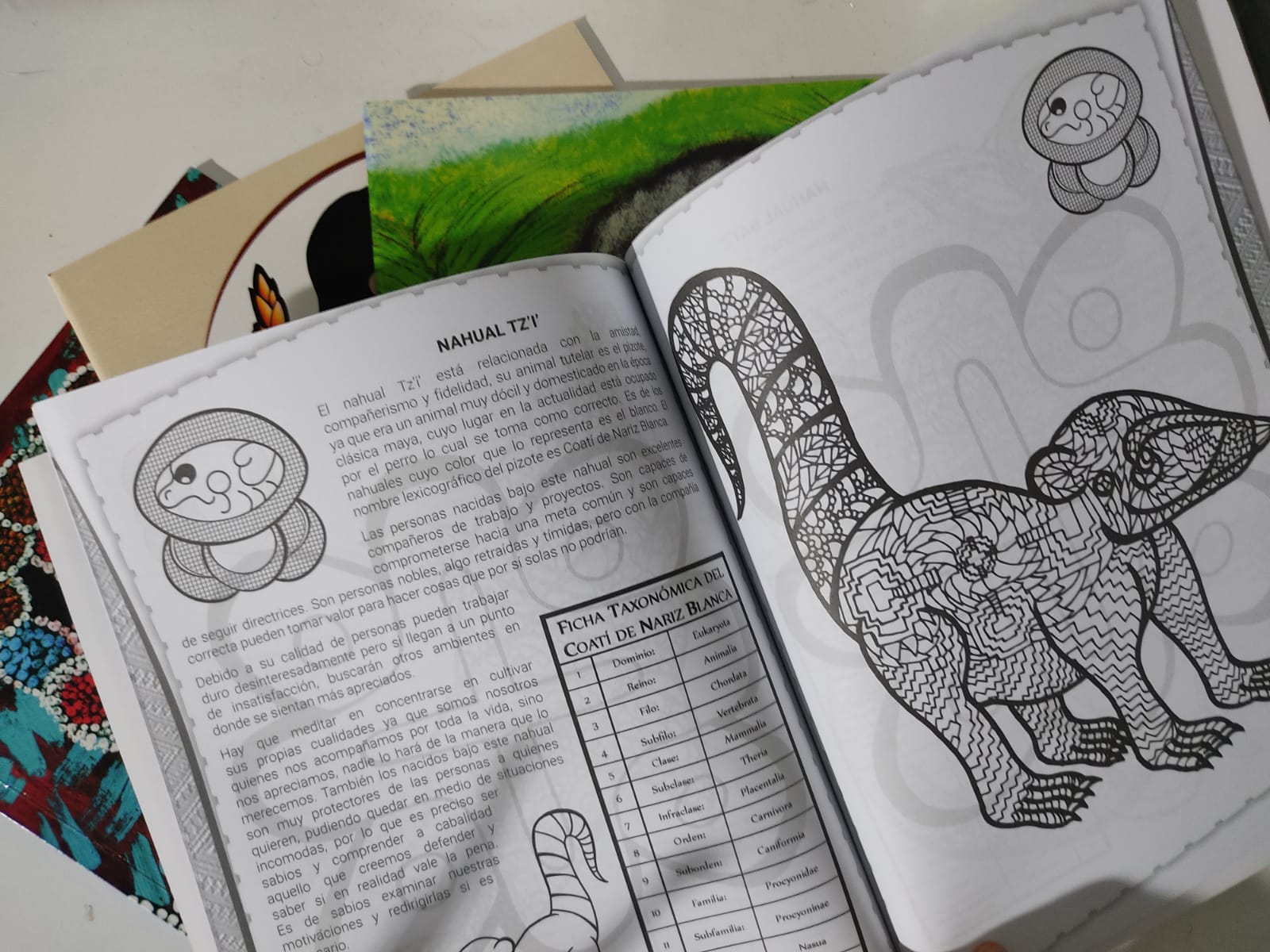
Helping people change eating habits to significantly improve health with fruits and vegetables
In this attached article are examples of my research in the archives of the Spanish conquest of the Mayan areas of Guatemala.
The actual handwritten 17th century documents in the archives are frankly amazingly detailed about what Maya life was like as the Spanish solders entered a village (to rape, pillage, slaughter and convert to Spanish religion). The article is on what the village was like on the day before the conquest changed everything.
Modern agricultural chemicals used on plantations and junk food have damaged the health of millions of people in recent years. So it could help everyone if local people could have information about how also to improve their health by also eating family-friendly fruits, local vegetables, roots, seeds, and edible leaves (two of which are a superfood).
Amaranth seeds, Amaranth leaves, Camote, Avocado Foods of the Maya which are impressively Healthy
Our research team is familiar with edible plants of the Mayan people because during my 54 years in Mesoamerica I have dedicated the last 8 years to visiting different eco-systems and learning about the plants face-to-face.
- We have seven Mayan speakers working with us (Q’eqchi’, Kakchiquel, and Pokomche); we visit their homes to learn what they raise in their gardens and in their milpas; we speak with their grandparents to learn even more (from them we learn what wild plants in the nearby forests are edible).
- Dr Nicholas has been in Guatemala, Belize, Mexico, Honduras, and El Salvador most of his life (including 12 months living in the Tikal National Park at age 19 while a student at Harvard, and living five annual seasons on the shores of Lake Yaxha while working to make this a new national park plus mapping the site with Miguel Orrego. Nicholas experienced the plants of Mexico at age 16 (as a backpacker, on his own, traveling to visit Palenque, Chiapas). His high school thesis about this trip circa 1961 won first price at his school and this helped him be accepted at Harvard in 1962.
- We have our own Guatemalan ethnobotanical research garden so we can study plants on a daily basis.
- We have Guatemalan university students who tackle each plant, species by species to download a bibliography of dissertations, journal articles, etc. Plus we have an ample library of pertinent books (the actual original books; so lots more than just PDFs from the Internet).
- We interact with local biologists; we openly share our findings and our photographs.
- And most important, we have the aspiration to significantly help local people. We have the initiative and the inspiration to actually help people understand how much better they can have their lives if they add healthy food to what they eat.
Our project is inspired to finish our list of all edible native food plants of the Mayan areas of Guatemala.
In addition to listing all utilitarian plants of Guatemala, we then send teams searching to find where each species can be located so we can photograph it in high resolution quality.
From this labor we have created an over 400+ Mayan plant list in illustrated format by category:
- Edible leaves
- Edible stems and shoots
- Edible plant core (heart of palm, etc)
- Edible bark
- Edible sap
- Edible flowers
- Edible seeds, grains, nuts or berries
- Edible seed pulp
- Edible roots, rhizomes and tubers
- Edible fruits
- Edible vegetables
Here is the umpteenth edition. Since that year we have done multiple years of additional research. So we now have an unparalled complete and organized list of utilitarian plants of the Maya.
As soon as funding is available we look forward to publishing this, to contribute to the knowledge of all the earlier Mayan plant scholars such as Popenoe (1919), Lundell (1930’s) plus the all university botanists of Mexico (UNAM and other research is very impressive), Costa Rica, and Guatemalan scholars on underutilized plants such as Dr Cesar Azurdia.
Our long range goal is to provide total depth & breadth of documentation
In addition to our annotated list, we wish to have for every single plant:
- A complete bibliography
- PhD dissertations, theses,
- Peer-reviewed journal articles
- Books which discuss the plant
- Blogs and web sites which have first-hand info that is reliable
- Next we would like to tabulate the health benefits of each plant:
- vitamins,
- minerals,
- protein
- fiber content
- etc.
Plus, equally important: which parts of an edible plant should not be ingested: every part of some plants have different chemicals; so some parts may be edible and popular. But another part of the same plant can be toxic.
Our books, documentation, and videos have potential for Mexico, Guatemala, Honduras and all the other countries of Mesoamerica. Since most of the foods we do research on are also present in Panama through much of South America our material is valid in all these countries as well.
We prepare the originals in English and Spanish; but they could also be written in Portuguese for Brazil.
We prepare the material in Q’eqchi’ Mayan language since we have four employees whose original language is Q’eqchi’. For Kaqchiquel we can prepare our books in this Mayan language because we have employees in-house. If funding is available we would like to have our material available to help people of all languages of Mexico, Guatemala, Honduras and all the other countries.








